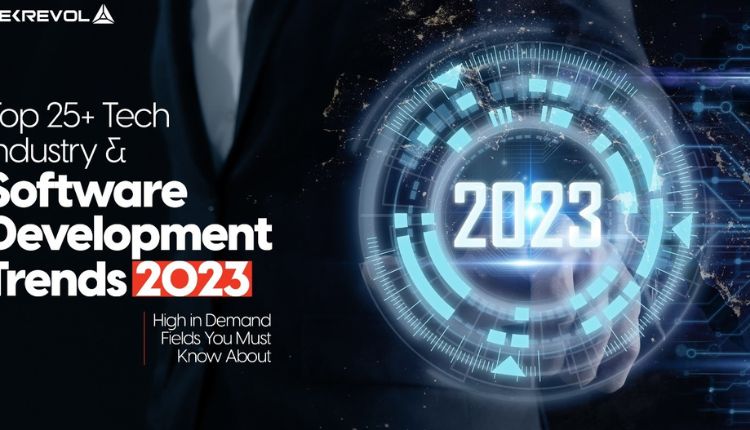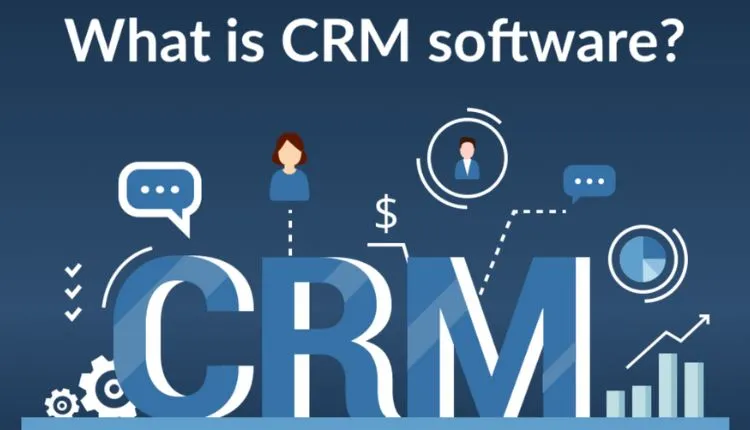
5 Major Trends in Software Development for 2023 and Beyond
If you’re in the software development business, you’ve probably been keeping an eye on trends and technologies that will shape the future of your industry. You may have noticed that some of those innovations are converging and changing what it means to write code. We’ve assembled a list of five major trends that will define software development over the next few years.
1. Containers
Containers are an important part of the cloud computing revolution. A container is a lightweight virtual machine that runs on top of a host operating system (such as Linux) and has its own filesystem and CPU/memory. Containers are isolated from each other so they cannot affect each other’s data, but they share the same kernel as their host operating system.
Containers can easily be deployed and scaled when needed, which makes them fast and efficient compared to traditional virtual machines in terms of performance.
Containers also use less memory than typical virtual machines because most of their metadata (information about themselves) is stored within the image file rather than in RAM like with traditional VMs. This makes containers great for running web applications or microservices where you want to devote as much processing power as possible toward serving your customers’ requests instead of maintaining someone else’s infrastructure.
Providers like JFrog and Kubernetes are making strides in container space by providing solutions that allow you to easily manage, deploy and scale your containers across multiple machines. The ability to automate these processes makes it easier for DevOps engineers to manage their environments without having to worry about configuring each server individually.
2. Cloud Computing
The Cloud has been one of the biggest advancements in computing over the past 10 years.
Cloud computing allows you to store your data and applications on servers owned by someone else, which can save you money because it allows you to pay only for what you use. It’s also easier because the provider takes care of all the maintenance and management tasks, so you don’t have to worry about those things anymore.
2022 saw a huge shift in the way we use cloud computing, as companies started to move their applications and data into public clouds. This trend is expected to continue throughout the next decade, with more and more companies choosing to outsource their IT infrastructure needs.
3. Artificial Intelligence
Artificial intelligence is a broad term that encompasses many different technologies. It’s the umbrella term for machine learning, deep learning, and neural networks.
AI is a powerful tool for developers to use because it can solve problems in ways that would be difficult or impossible for humans alone—or even humans working together with traditional software tools. AI gives developers the ability to build systems that are intelligent enough to learn about their users’ behavior and make decisions based on those insights without being explicitly programmed how to do so (although programmers may still need some input).
In other words: an AI-powered system might not just gather data from its users but also analyze it in real-time or even predict what actions they’re likely to take next based on past behavior patterns—and then act on those predictions accordingly!
The role of artificial intelligence is expected to keep growing in 2023 and beyond as more companies recognize the benefits of AI-powered apps and services.
4. Big Data
The term “big data” has been around for a while, but it’s still difficult to define. Big data is any kind of information that is too large and complex to process using traditional data processing techniques.
A growing number of companies are collecting huge amounts of information about their customers, their business processes, and even the physical world around them. This can include everything from photos on social media sites like Facebook or Twitter (images) to purchase histories (data).
Companies may also be collecting more traditional forms such as email addresses and phone numbers. In many cases, this type of information may not have been available before due to cost restrictions or privacy concerns.
With new technologies making it possible for businesses to collect this data cheaply while still respecting privacy laws, we expect big data applications will become increasingly common over the next few years especially as they relate directly to software development projects involving artificial intelligence (AI) systems.
5. Blockchain
Perhaps, one of the most promising technologies that will continue to grow in 2023 and beyond is blockchain. Blockchain is a digital ledger of transactions, which can be public or private. It’s also a network of computers that are linked together using cryptography to securely record transactions using a distributed database.
As the scope of blockchain tech continues to expand, more industries are expected to adopt it. The technology will be used in everything from smart contracts and supply chain management to digital identity management.
Conclusion
In summary, software development is a fast-growing field that is expected to continue expanding in the coming years. With new technologies like containers and artificial intelligence becoming more commonplace, developers will be given more opportunities than ever before to create innovative solutions that can help improve businesses across industries.




